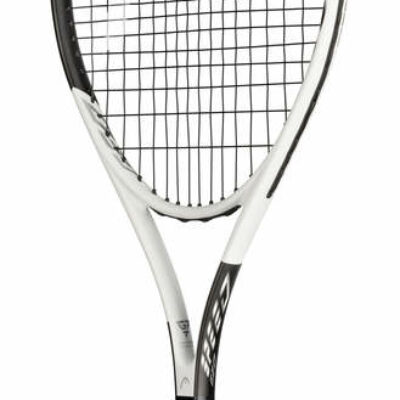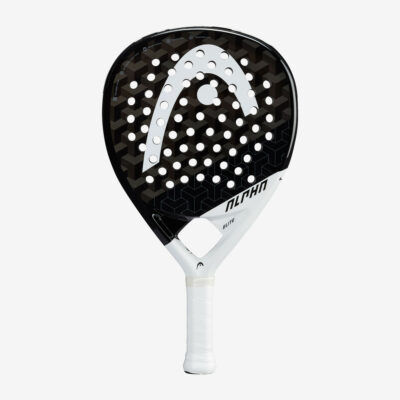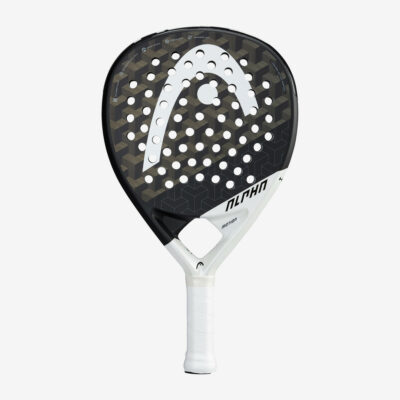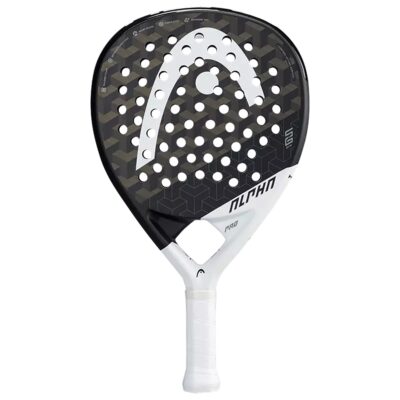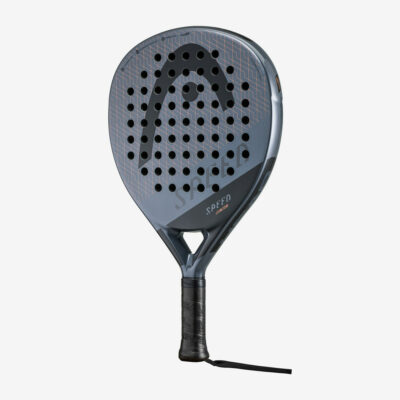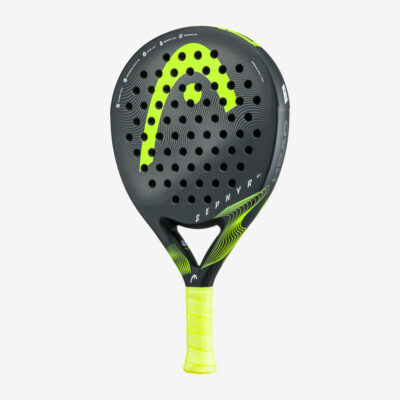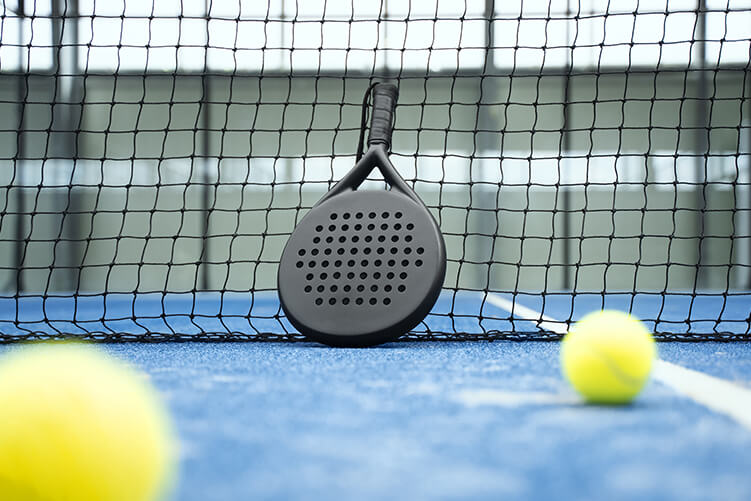
Padel is an increasingly popular sport that merges the excitement of tennis and squash into a game full of fun, social interaction, and accessibility. While Padel is easy to pick up, it also challenges players with its need for skill, strategy, and physical fitness. For those who want to start or improve their padel adventure, it is crucial to explore high-quality padel rackets.
This comprehensive guide aims to demystify the basics of padel rackets, guiding you through selecting one that suits your style while considering other crucial factors.
Understanding the Basics of Padel Rackets
Let’s dive into the essential features and characteristics that make up a padel racket. At its core, a padel racket comprises the head, the handle, and the frame. Each of these components plays a vital role in determining the racket performance and the sensations felt during play.
Different Types of Padel Rackets
Padel rackets can be categorized into three main types based on their shape: round, teardrop, and diamond. Each shape offers distinct advantages and disadvantages, shaping your play style and effectiveness on the court.
A round padel racket features a round head and a low balance, concentrating most of the weight near the handle. It’s the ideal choice for beginners and defensive players, offering enhanced control, stability, and forgiveness. The trade-off is reduced power and speed, making aggressive shots more challenging.
The teardrop padel racket boasts a teardrop-shaped head and a medium balance, distributing the weight more evenly. This racket is perfect for intermediate and versatile players, finding a balance between control and power. Its larger sweet spot and higher speed allow easier adaptation to various playing situations.
With a diamond-shaped head and high balance, the diamond padel racket places more weight near the head, catering to advanced and offensive players. It amplifies power, speed, and spin but demands a trade-off in control and stability, raising the risk of errors.
Choosing the Right Padel Racket for Your Playing Style
Finding the perfect padel racket is essential for enhancing your game. It all boils down to your level, position on the court, and shot preferences. Understanding your playing style is the first step to selecting a padel racket that complements your game.
Identifying Your Playing Style
Padel playing styles fall into three categories: defensive, offensive, and balanced, each requiring a specific type of racket.
If you prefer a defensive game, focusing on control, consistency, and precision is your strong point. Defensive players, typically positioned on the court’s right side, rely on strategies like lobs, slices, and blocks. A round racquet, known for its control, stability, forgiveness, and featuring a low balance and softcore, is ideal for them.
Players with an offensive approach prioritize power, speed, and spin. Operating mainly from the left side, they harness the force of volleys, smashes, and bandejas. Such players benefit from a diamond-shaped padel racket that enhances power, speed, and spin, marked by a high balance and a hardcore.
For those who adopt a balanced playing style, it’s all about versatility, blending defensive and offensive tactics. They are adept on both sides of the court, adjusting their shots to fit the situation. A teardrop padel racket, offering an excellent mix of control and power with a medium balance and core, suits balanced players perfectly.
Weight and Balance: What Suits You Best?
The racket’s weight and balance greatly influence your performance and how the racket feels during play. Padel rackets weigh between 300 and 400 grams, while balance points range from 250 to 290 mm.
A heavier racket delivers more power and steadiness but can lead to quicker fatigue and decreased maneuverability. Conversely, a lighter racket allows for better control and ease of movement but might lack power and stability. The balance point also plays a crucial role; a lower balance point means more weight near the handle for easier control, whereas a higher balance point adds weight towards the head for increased power and speed.
Your ultimate choice should align with your playing style, physical conditioning, and personal preference. Defensive players favor lighter, lower-balance rackets for greater control, while offensive players might opt for heavier rackets with a higher balance for added power. Balanced players usually opt for something in the middle.
Racket Size and Grip: Getting the Feel Right
The racket’s size and grip also significantly impact its performance and your comfort. The head diameter mainly falls between 26 and 29 cm and the handle’s length and thickness range from 10 to 12 cm.
The size affects the racket’s sweet spot—the area where the ball makes the most effective contact. A larger racket head offers a bigger sweet spot, enhancing forgiveness and ease of play. A smaller head provides a smaller sweet spot for increased precision. Grip size influences stability and comfort: a longer, thicker grip adds stability at the expense of maneuverability, while a shorter, thinner grip does the opposite.
Choosing the right size and grip depends on your expertise, hand size, and personal likes. Beginners may benefit from a larger, longer racket to hone their technique and gain confidence. In contrast, advanced players may prefer a smaller, shorter racket for aggressive, precise play. When selecting, consider your hand size, grip style, and overall comfort with the racket.
Brand and Budget
Prices can range from as low as $20 to over $300. Leading brands include Adidas, Head, Wilson, Nox, Bullpadel, and Babolat. Choosing the right brand and budget involves considering your level, playing style, and personal preference.
Conclusion
Embarking on the journey of purchasing your first padel racket is both thrilling and crucial, shaping your overall enjoyment and success in the game. When selecting the ideal padel racket, it is essential to consider several aspects including the shape, weight, balance, size, grip, brand, and budget. Gain insight into choosing your first padel racket here.

